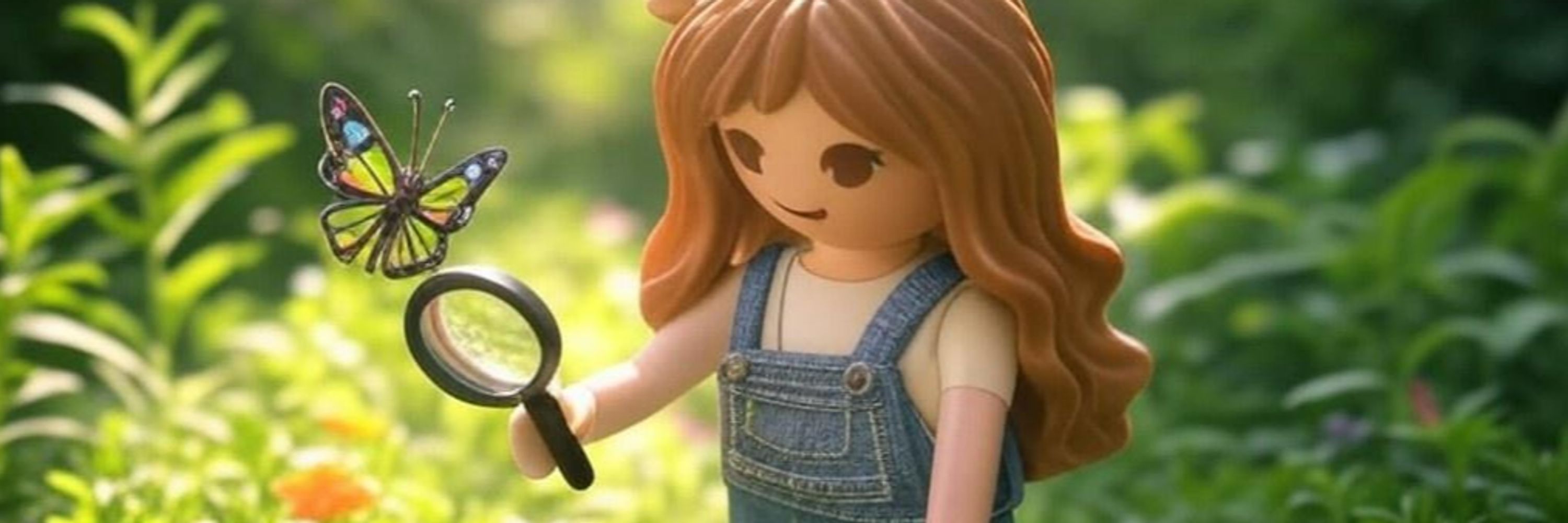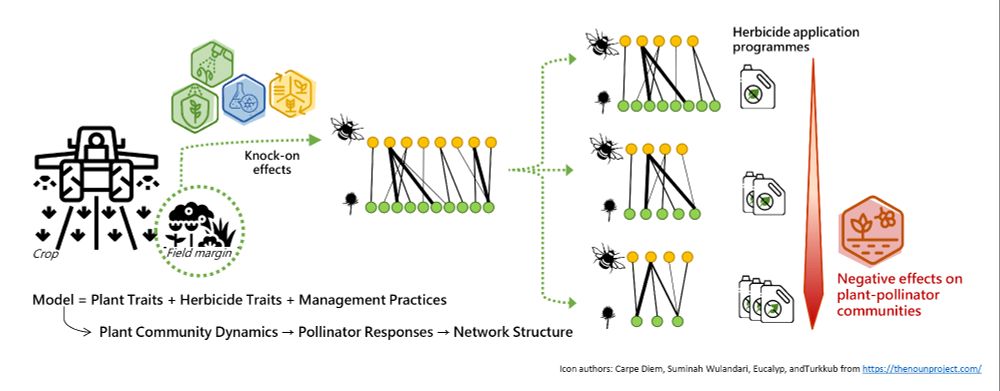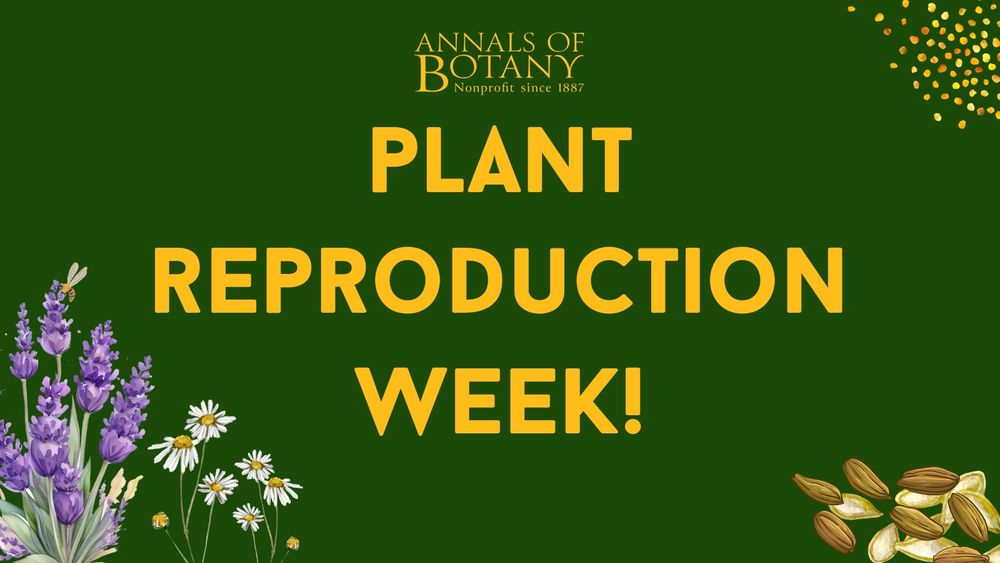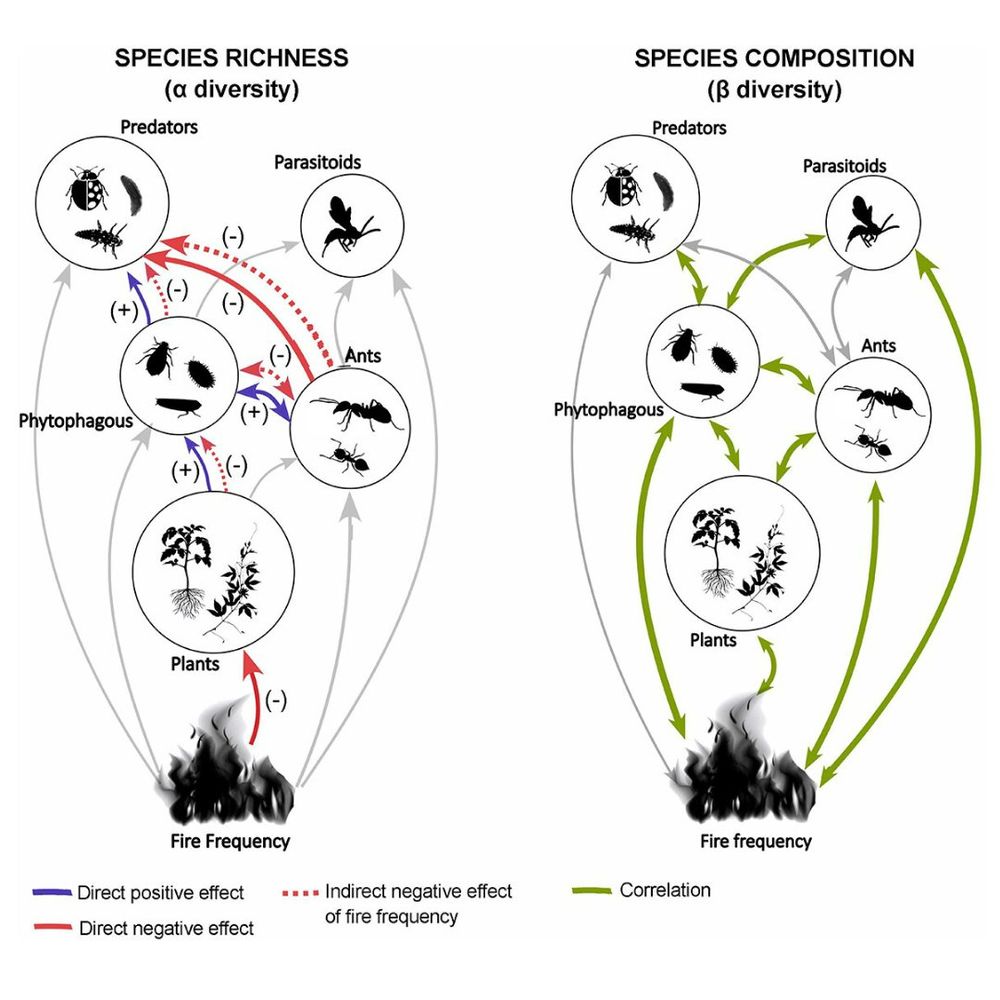
Ecologist 🐜🐞🐝🌱 |
Network science lover |
Using #CitizenScience as a research prioritization tool to detect co-occurrences of the invasive species #Harmonia axyridis
doi.org/10.1111/icad.70029
#SpeciesInteractions #ShortComm
@manusaunders.bsky.social @wiley.com

Using #CitizenScience as a research prioritization tool to detect co-occurrences of the invasive species #Harmonia axyridis
doi.org/10.1111/icad.70029
#SpeciesInteractions #ShortComm
@manusaunders.bsky.social @wiley.com
Hoy es el turno de la bióloga Adriana Salvo. Les invitamos a conocerla…
#CienciaArgentina #imbiv #FCEFyN #avispas #controlbiológico




Hoy es el turno de la bióloga Adriana Salvo. Les invitamos a conocerla…
#CienciaArgentina #imbiv #FCEFyN #avispas #controlbiológico
¡Felicitaciones!
#CONICET #carrerainvestigador #cienciargentina #imbiv
(Inicia hilo 👉🧵)

A new study suggests that they indirectly disrupt plant-pollinator networks, potentially risking pollination services 🌼🌏 @julitavella.bsky.social
🔗https://doi.org/10.1111/1365-2664.70113

A new study suggests that they indirectly disrupt plant-pollinator networks, potentially risking pollination services 🌼🌏 @julitavella.bsky.social
🔗https://doi.org/10.1111/1365-2664.70113


Anthropogenic land-use change decreases pollination and male and female fitness in terrestrial flowering plants by Ramiro Aguilar et al. in @annbot.bsky.social
#openaccess article
👉 doi.org/gt4j6r
@lucarbone.bsky.social
#PlantScience

Anthropogenic land-use change decreases pollination and male and female fitness in terrestrial flowering plants by Ramiro Aguilar et al. in @annbot.bsky.social
#openaccess article
👉 doi.org/gt4j6r
@lucarbone.bsky.social
#PlantScience
Fire effects on pollination and plant reproduction: a quantitative review by @lucarbone.bsky.social et al. in @annbot.bsky.social
#openaccess article
👉 doi.org/gt4j5n
julitavella.bsky.social

🌎During the next few days, @annbot.bsky.social will be highlighting articles from the Special Issue "Plant Reproduction in a Changing Global Environment"
💡Stay tuned!
#PlantReproductionWeek #Botany #PlantScience #ClimateChange #ReproductiveBiology

🌎During the next few days, @annbot.bsky.social will be highlighting articles from the Special Issue "Plant Reproduction in a Changing Global Environment"
💡Stay tuned!
#PlantReproductionWeek #Botany #PlantScience #ClimateChange #ReproductiveBiology


🔥 Fire frequency shapes diversity in multi-guild communities through direct and indirect pathways 🐞
🌱 doi.org/10.1111/icad...

🔥 Fire frequency shapes diversity in multi-guild communities through direct and indirect pathways 🐞
🌱 doi.org/10.1111/icad...

